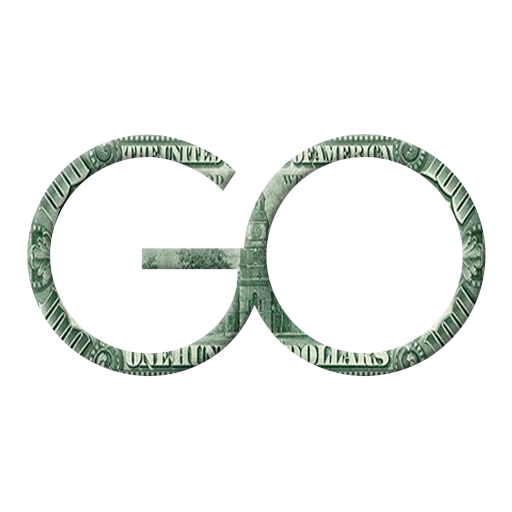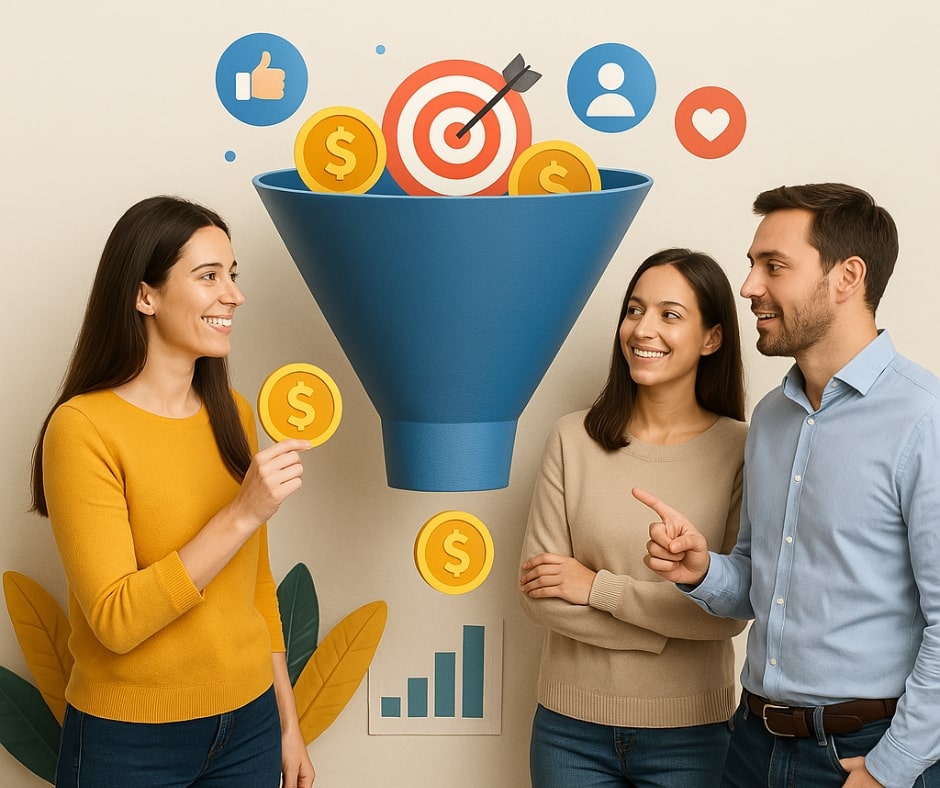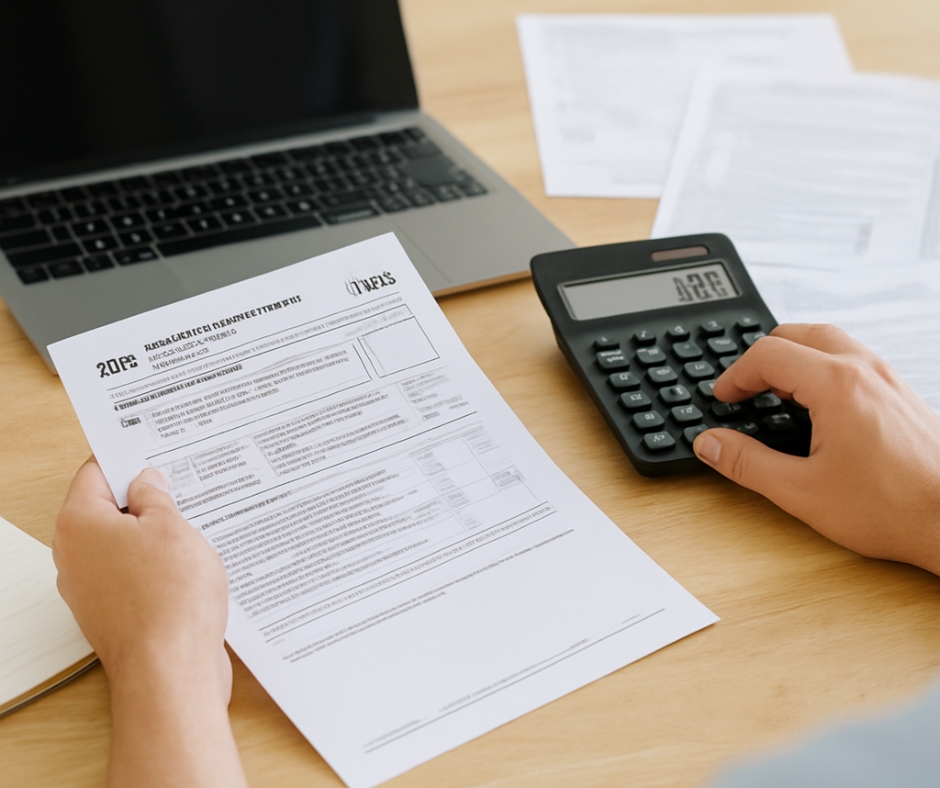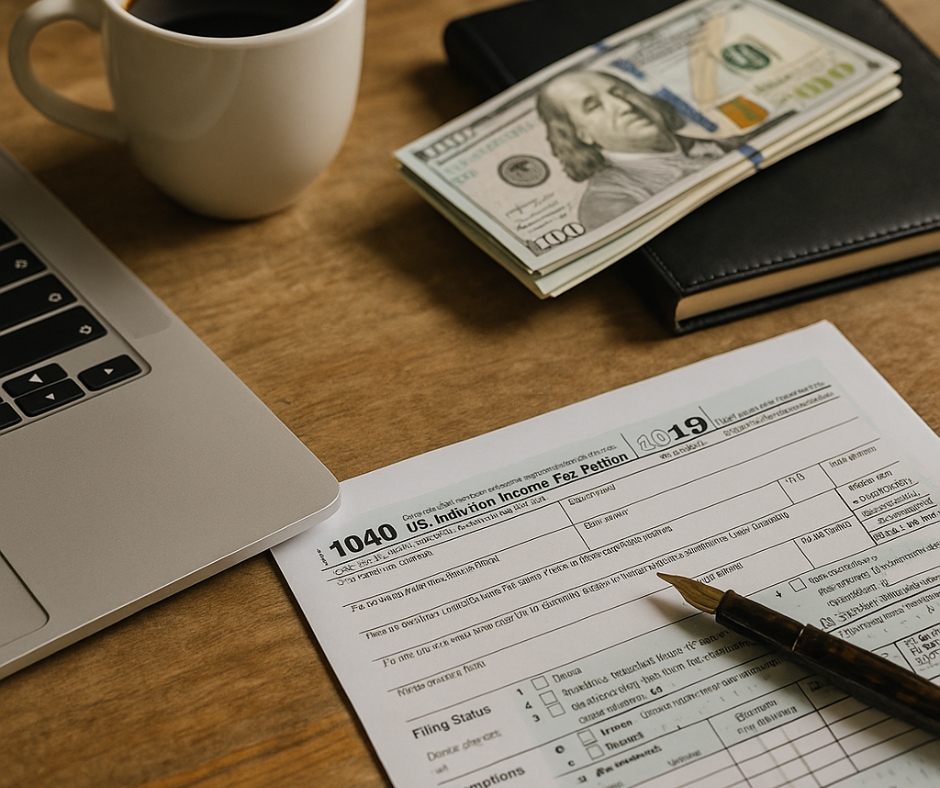Introduction
In today’s fast-paced digital economy, building a sales funnel that attracts ideal customers isn’t just a marketing tactic—it’s a business growth essential. While many businesses cast a wide net hoping to convert anyone who bites, the real power lies in attracting the right people—those who are ready, willing, and eager to buy.
A well-structured sales funnel ideal customers resonate with doesn’t just improve conversions; it transforms the way you engage your audience. Below, we’ll dive into the most critical funnel components and how to craft a journey that feels intuitive, valuable, and aligned with your audience’s intent.
1. Understanding Funnel Stages
To create a funnel that converts, you must first master the flow. The traditional sales funnel is divided into four key stages:
- Top of Funnel (TOFU) – Awareness
- Middle of Funnel (MOFU) – Consideration
- Bottom of Funnel (BOFU) – Decision
- Post-Purchase – Retention & Advocacy
Each stage represents a psychological shift in your customer’s journey. As a result, your messaging, tone, and offer must evolve to match their mindset. At the TOFU stage, your goal is simply to educate and spark interest. At MOFU, you want to build trust and present options. By the time they reach BOFU, your role is to clearly solve their problem and encourage action.
Understanding these stages enables you to meet your audience where they are—not where you want them to be.
2. Crafting a Customer Journey
Beyond the funnel structure lies the emotional path your ideal customer takes. Think of this as the storyline behind their decision. When you map out their experience—from the moment they feel a need to the moment they make a purchase—you gain a powerful tool for personalization.
Ask yourself:
- What triggers their interest?
- What fears or hesitations might they have?
- What proof or results would encourage them to trust me?
By weaving in empathy and insight, you craft a journey that feels less like a marketing tactic and more like a helpful guide.
In doing so, your sales funnel ideal customers connect with becomes a journey of trust—not transaction.
3. Creating High-Value Lead Magnets
Lead magnets are the bait—but not just any bait will do. The best lead magnets are:
- Highly relevant to your audience’s pain points
- Quick to consume (think checklists, templates, short videos)
- Immediately actionable, giving a small win right away
For example, if you’re a business coach, a lead magnet like “5 Steps to Double Your Productivity in a Week” aligns with your target client’s goal. You’re offering a result, not just information.
When you create lead magnets that feel irresistible, you invite your audience into a deeper relationship. Moreover, this first point of value sets the tone for everything that follows.
4. Optimizing Landing Pages for Conversions
It’s not enough to drive traffic to a landing page. That landing page must convert—and that requires intentional design.
Here’s what your page should include:
- A clear and benefit-driven headline
- Visual hierarchy that draws the eye
- Trust signals, like testimonials, case studies, or certifications
- A single, strong call to action
In addition, your copy should be focused on transformation—not features. Speak directly to the outcome your visitor wants, and make it easy for them to say yes.
An optimized landing page acts like a bridge from curiosity to commitment.
5. Using Email Nurture Sequences
Once a prospect enters your funnel, the real magic begins with your email nurture sequence. This is where you warm them up, educate, and build authority—all without being overbearing.
Your nurture emails should:
- Tell stories that resonate with your audience
- Solve one small problem per message
- Include subtle calls to action that build toward your offer
It’s not about pushing. It’s about positioning yourself as the go-to solution for their problem.
As you guide readers through these emails, you’re reinforcing their decision to trust you—making the eventual purchase feel like the next logical step.
6. Testing and Improving the Funnel
The difference between a decent funnel and a wildly profitable one is iteration. Your first funnel version is only a draft. That’s why data is your best friend.
Here’s what to monitor:
- Open rates and click-throughs (email performance)
- Opt-in rates (lead magnet relevance)
- Conversion rates (offer alignment)
- Drop-off points (user experience issues)
Use A/B testing on headlines, CTAs, and even email subject lines. Moreover, listen to customer feedback. What they tell you (and what they don’t) reveals hidden opportunities.
Your sales funnel ideal customers engage with must evolve alongside their needs. So keep refining, adjusting, and improving.
Conclusion
When you understand the funnel, design the journey with intention, and optimize each touchpoint, you do more than attract customers—you attract the right customers.
And when that happens, everything changes. Your messaging becomes easier. Your conversions go up. And your brand begins to grow with aligned momentum.
So don’t just build a funnel. Build a system that serves your ideal customer from start to finish.













